Aesculus hippocastanum is a large tree, growing to about 39 metres (128 ft) tall[9] with a domed crown of stout branches. On old trees, the outer branches are often pendulous with curled-up tips. The leaves are opposite and palmately compound, with 5–7 leaflets 13–30 cm (5–12 in) long, making the whole leaf up to 60 cm (24 in) across, with a 7–20 cm (3–8 in) petiole. The leaf scars left on twigs after the leaves have fallen have a distinctive horseshoe shape, complete with seven “nails”. The flowers are usually white with a yellow to pink blotch at the base of the petals;[9] they are produced in spring in erect panicles 10–30 cm (4–12 in) tall with about 20–50 flowers on each panicle. Its pollens are not poisonous for honey bees.[10] Usually only 1–5 fruits develop on each panicle. The shell is a green, spiky capsule containing one (rarely two or three) nut-like seeds called conkers or horse-chestnuts. Each conker is 2–4 cm (3⁄4–1+1⁄2 in) in diameter, glossy nut-brown with a whitish scar at the base.[11]

